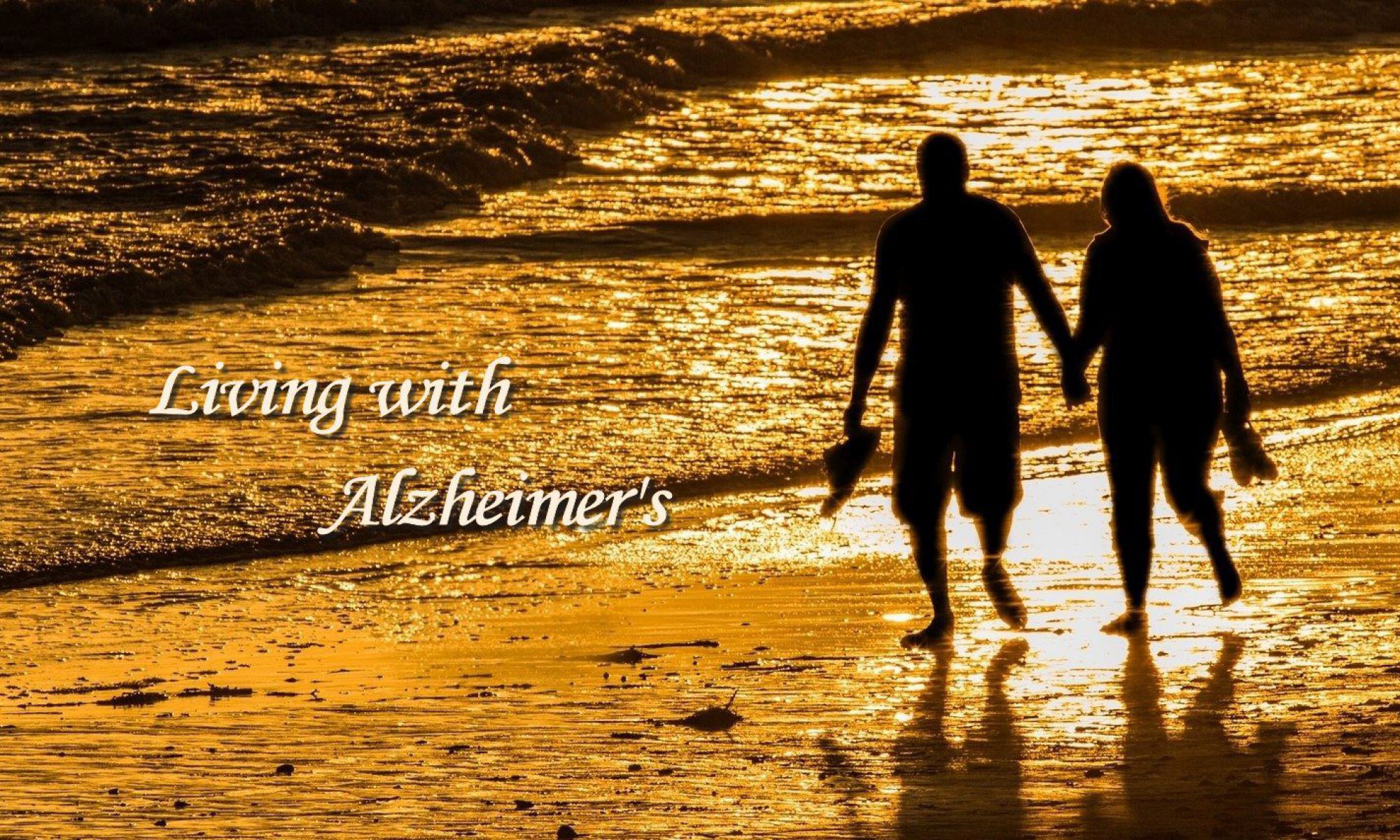First, let me say that Kate had been in a good mood all day. Second, nothing in my caregiver’s toolbox works every time. On the other hand, Kate and I still work well together most of the time. Here’s an example from last night.
Kate was awake very early yesterday, just before 8:00. In fact, in the past few days, she has been awake as early as 7:00. It’s not unusual for her to do this occasionally, but she typically goes back to sleep. Not so, this time, and I took advantage of the opportunity of being together. I got the photo book I made for our recent anniversary and jumped into bed with her. We spent a good while going through it together. This was a time when she was interested. We enjoyed reminiscing about all the things we have done together. We only stopped when she began to tire. Then she rested until the caregiver arrived.
The afternoon also went well. Kate, the caregiver, and I spent over an hour relaxing on our balcony. That’s becoming a regular part of our daily routine at least until the summer heat makes it less appealing.
Although she is adjusting to our getting her out of and back into bed as well as changing her, Kate continues to protest, at least a little, most of the time. That was true when we got her into bed after dinner. As the caregiver started to pull her slacks down, Kate responded forcefully both verbally and physically.
I responded by getting into the bed from my side. She was holding tightly to the caregiver’s arm with one hand and her pants with the other. I spoke slowly and softly and asked her to take my hands. She didn’t release her grip. As carefully as we could, the caregiver and I took her hands and put them in mine.
Then I said something like this. “Sweetheart, it’s about time for Lilly to go, and before she does, she needs to get you ready for bed. She needs our help. I know you would like to help her.” She said she did. I continued, “What we can do is just relax and let her do what she needs to do. She’ll be very gentle. She knows how to do this. I know this isn’t easy for you, but I am right here with you. You can hold my hands and squeeze them as tight as you want.”
She began to relax. Lilly did what she needed to do, Kate never protested. The two of us talked about how much we appreciated having someone to help us. When she was ready for bed, she said, “Thank you” (to Lilly). A potential problem had been averted.
This recovery wasn’t a singular event. It grows out of our longtime relationship and individual personalities. We are both conflict avoiders, and each of us likes to please the other. That has carried us a long way in our marriage, but I never imagined that it could pay such benefits in the last stage of her Alzheimer’s. Will it last forever? Obviously, I hope so, but I can’t even be sure it will happen the next time we encounter a similar situation. Still, I’m optimistic that the nature of our relationship will continue to help us face future challenges as they arise, and I know they will.






